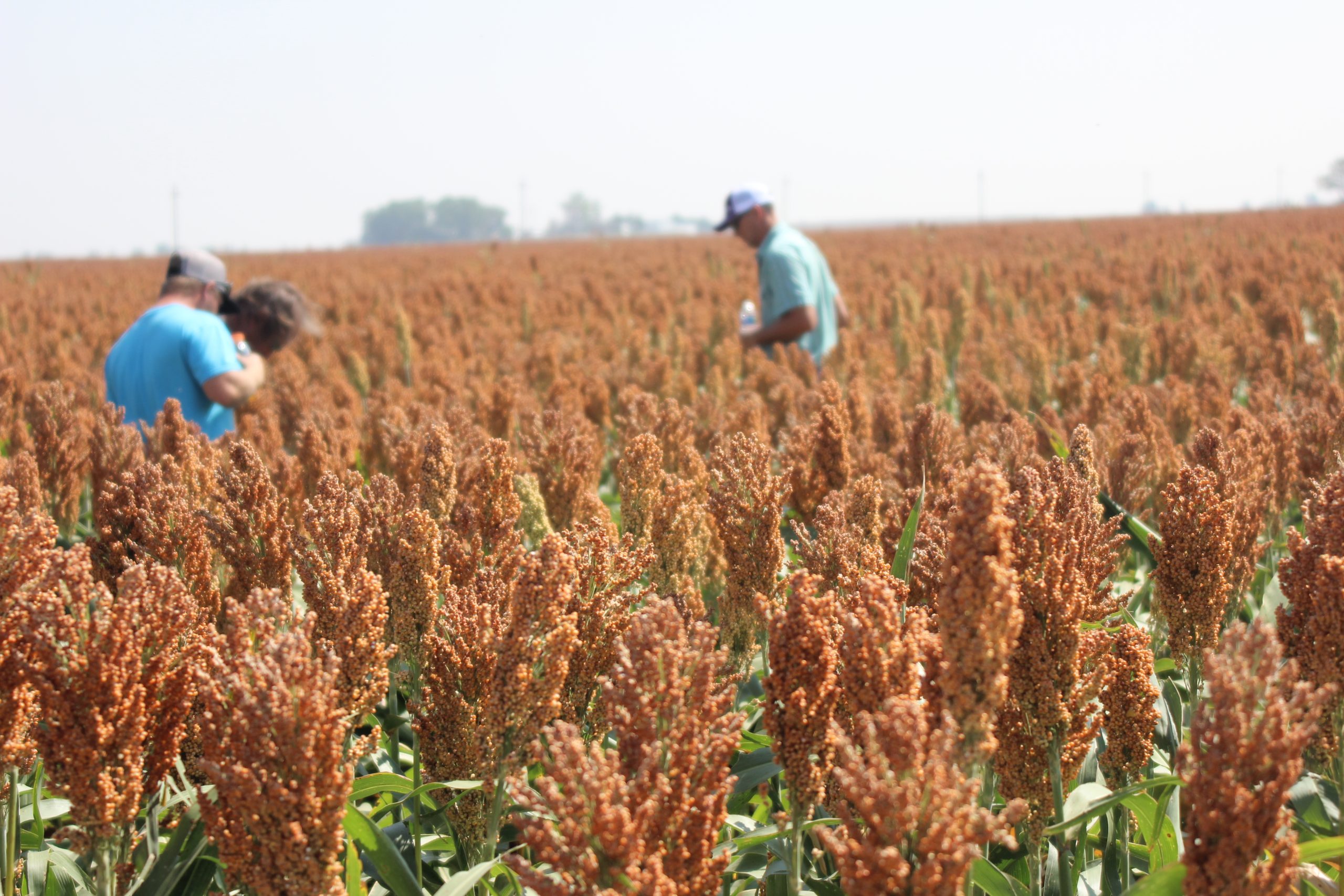This is part of High Plains Journal’s year end activities where HPJ staff members were asked to write a piece about a memorable story they wrote in 2023.
Conservation has been on my mind for many years.
As a youngster I entered the local conservation district poster contest. I enjoyed hearing about stories from my grandparents who lived through the Depression and saw firsthand the importance of saving the soil whether with shelter belts, terraces or holding ponds. Over the years conservation has continued to evolve.
For the Oct. 13 Ag Solutions cover I penned a story about the Farmer 2 Farmer tour. At the event in Larned, Kansas, in September, farmers and ranchers could learn about cover crops with an extensive bus tour hosted by the Pawnee County Conservation District and the Kansas Association of Conservation Districts.
No-till and reduced tillage techniques have been around for more than 40 years but cover crops have entered the mainstream discussion.
Growers like Jed Fleske told me about the importance of starting small and not to abandon practices that were successful. His use of cover crops, which he demonstrated on the tour, had helped to hold subsoil moisture in a drought year. He also uses rotational crops.
Listening, he said, was important and why he wanted to be a host on the tour.
His advice was to pick a field and start with a small area. Fleske started 10 years ago as he wanted to improve his traditional cash crops of wheat, corn and sorghum.
“It’s been good for the ground and improved the soil health,” he said.
Also, there were opportunities to make some money with cover crops. One company, ADM , had announced it would pay $10 an acre with a goal of enrolling 100,000 acres, which was met and there is now a goal of 200,000 acres in Kansas. John Dryden, a Larned-area farmer had enrolled his entire 2,500-acre farm and the $10 generated $25,000 in additional revenue.
“Ten dollars may not seem like a lot, but it pays for my blended seeds,” Dryden said.
It is good to continually learn about new practices as I’ve learned. The story is at https://bit.ly/49TTdAd.



